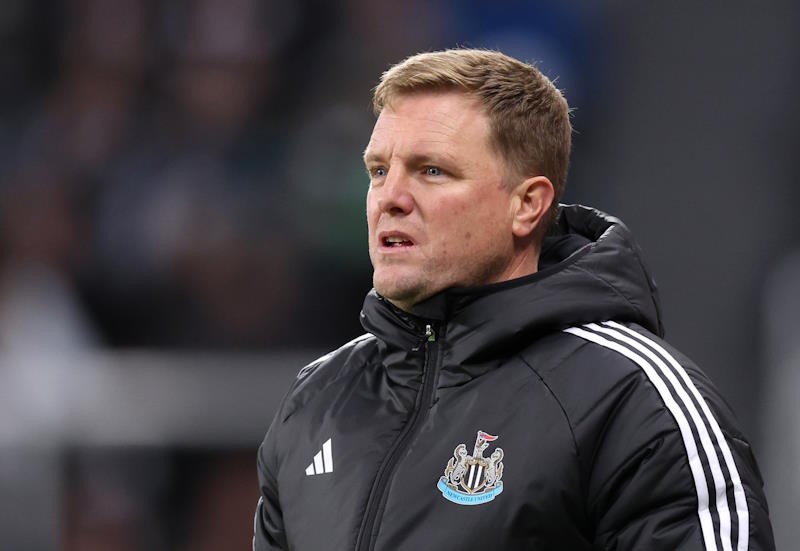
As may fit with the stereotypical image of a fiddly Euro-bureaucrat constantly meddling with things as a sign of the worth of his job, the re-branding of the revamped UEFA Cup (formerly the Inter-Cities Fairs Cup) this season into the Europa League did seem at first a typically superficial and superfluous alteration to European football’s second-division cup competition. Yet the football offered up in this season’s competition, featuring some of the biggest names in Europe, has been excellent on the whole. So what has caused this dramatic change in fortunes for a tournament once derided and neglected by league-conscious teams?
The most obvious change that has come from the latest re-branding of a tournament much-maligned in some quarters is the introduction of a group stage that is a carbon copy of that used for nearly 20 years in the Champions League, since it was reconfigured from the old European Cup. However, it wouldn’t be enough to say that this change is merely a cosmetic alteration, because while this is a step up from the cumbersome five team groups with one game between each side (like rugby’s Six Nations format) which was used in the death throes of the UEFA Cup, the introduction of the group stage has in fact only worked against the competition.
Not only is its status as an also-rans ’Champions’ League made much more clear, but it only serves to detract from the entertainment value that two knockout rounds would have had in its place. It can only be seen as a cynical attempt by clubs, but mostly by UEFA, to spin out the tournament a bit more and to get even greater TV coverage for European football – anyone doubting that this is a motive could see the spreading of the last 16 of the Champions League over five weeks as more solid proof of UEFA’s money-chasing – and saturate an already 24/7 football culture with yet more games to watch.
In fact, as is generally the case in the moneyed world of European football, the renaissance of the second tier trophy has been the result of a trickle-down process from the top table. Michel Platini’s democratisation of the Champions League, leading to a record number of league champions reaching the group stages and battling with the big boys, has hugely benefited the prestige of its sister tournament; while Rubin Kazan and Dynamo Kyiv may have been very unlucky in being edged out by two footballing aristocrats, the likes of Bordeaux – who topped a group including four-time winners Bayern Munich and Juventus, Italy’s most successful side – and CSKA Moscow have definitely seized the advantage brought by a set-up less concentrated towards helping the big powers of England, Spain and Italy.
While it is too early to see the latter stages dominated by the up-and-coming Eastern European sides, or indeed the rejuvenated champions of the long-neglected French and Dutch leagues, they are beginning to pack a punch, particularly in the Europa League, where Shakhtar Donetsk and CSKA Moscow both brought home silverware to establish themselves on the continental stage.
The other knock-on effect of traditionally lesser sides edging out historical heavyweights – even if the continued insult in dropping the third-placed teams into the Europa League does still entrench advantage – is that more of the glamour sides end up in the second competition, where they’ll meet either plucky minnows, fellow underachieving grandees of the game or emerging talents. There was once a time when Internazionale, Real Madrid and Liverpool would regularly compete in this less illustrious arena, but in the days when fourth can provide the same entry status as first, it has been years since the second tier was so star-studded.
This year’s last 32 included renowned sides such as Liverpool, Valencia, Hamburg, Roma and Benfica, as well as the tie of the round, Juventus and Ajax, a match so prestigious that it has twice been a European Cup final. That Juventus, the winners of this tie, will play Fulham, a well-organised passing side away from England’s football elite and recent conquerors of the holders Shakhtar, and not be overwhelming favourites, is an exciting match up, a prospect closer to a third- or fourth-round FA Cup tie, a potential banana skin for the big boys, and for the ingénues a cash bonanza and chance to make a name for themselves in a high-profile manner.
If this tie, and the others, can manage to capture the air of arguably the most enthralling and romantic cup competition in club football, then it is surely going to restore the battered reputation of what has long been seen as a trophy if not worth winning, then scant consolation for missing out on the big prize. It is doubtful that this was the intention of whichever UEFA grey suit that came up with this re-branding, but this round of paper shuffling, whilst still prevailing with some unnecessary complications, has given a new lease of life to the Europa League, aka UEFA Cup, aka Inter-Cities Fairs Cup. What’s in a name anyway?
Related Articles:
- – Economic Crisis Changes Brazilian Game
- – Can Wales Avoid International Wilderness?
- – Africa’s Top 10 Greatest Players of All Time












